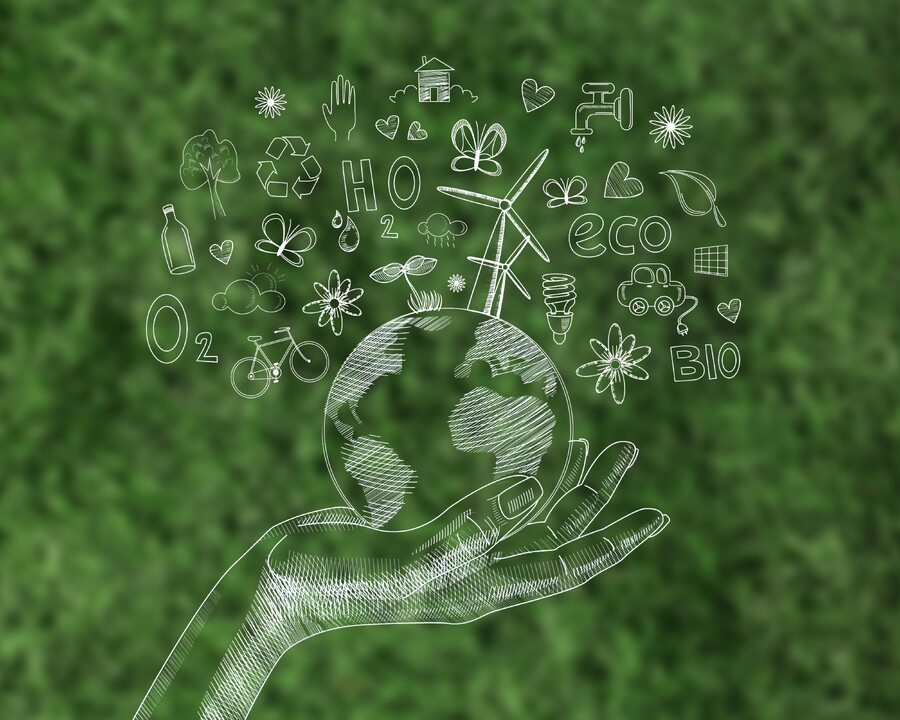Introduction
As resource scarcity, waste pollution, and climate change pressures mount, businesses are increasingly embracing the circular economy—a regenerative model that keeps products, components, and materials at their highest utility and value for as long as possible. Two technologies in particular—Internet of Things (IoT) and blockchain—are proving instrumental in making circular business models not only feasible, but scalable. In this post, we’ll explore how IoT-driven data streams and blockchain-powered trust frameworks unlock new pathways for circularity, drive operational efficiency, and foster customer engagement.
1. Circular Economy Business Models at a Glance
Before diving into technology enablers, let’s survey the core circular business models that organizations are adopting:
-
Product-as-a-Service (PaaS)
Companies retain ownership of physical products—selling usage or outcomes rather than units—then recover, refurbish, and re-deploy assets. -
Resource Recovery & Remanufacturing
End-of-life items are collected and broken down into components or raw materials for reuse in new products. -
Sharing Platforms
Peer-to-peer or B2B marketplaces maximize utilization by enabling temporary access to goods (e.g., tools, vehicles, equipment). -
Design for Circularity
Products are engineered for disassembly, repair, and recyclability from the outset, extending lifespan and simplifying material loops.
These models hinge on reliable data about product status, location, and provenance—and transparent, tamper-proof records to build stakeholder trust. That’s where IoT and blockchain come in.
2. IoT: The Data Backbone for Circular Operations
IoT sensors and connectivity transform static products into “smart assets” that generate real-time insights throughout their lifecycle:
-
Condition Monitoring & Predictive Maintenance
Vibration, temperature, or humidity sensors embedded in machinery trigger alerts when performance degrades—enabling proactive servicing that extends equipment life. -
Usage Tracking for PaaS
Metering systems record usage metrics (hours run, distance traveled, cycles completed), allowing companies to bill accurately and plan refurbishment schedules. -
Automated Take-Back Logistics
GPS and RFID tags let organizations locate assets in the field, schedule returns, and optimize reverse-logistics routes to minimize transport emissions. -
Material Flow Visibility
Smart bins and weigh scales track waste generation and material recovery rates, helping plants meet recycling targets and close supply loops.
By capturing granular, time-stamped telemetry, IoT ensures companies know where their products are, how they’re used, and when to intervene—critical for circular maintenance, reuse, and remanufacture strategies.
3. Blockchain: The Trust Layer for Circularity
While IoT provides data, blockchain offers an immutable ledger that guarantees transparency and accountability across multi-party value chains:
-
Provenance & Traceability
Every change of custody—production, sale, refurbishment, recycling—is recorded as a blockchain transaction. End consumers, regulators, and partners can verify material origins and lifecycle events. -
Smart Contracts for Service Agreements
In PaaS models, smart contracts automate billing, maintenance triggers, and deposit returns based on predefined IoT data thresholds (e.g., automatically issuing a refund when a device is returned undamaged). -
Tokenized Incentives for Recycling
Consumers or waste collectors earn digital tokens when they return end-of-life products to designated collection points. Tokens can be redeemed for discounts, services, or even funding community environmental projects. -
Secure Data Sharing
Permissioned blockchains let manufacturers, logistics providers, and recyclers share only the data they need—preserving commercial confidentiality while ensuring regulatory compliance.
By anchoring IoT data in a tamper-proof blockchain, organizations build end-to-end visibility and trust—key for circular ecosystem participation.
4. Synergy in Action: IoT + Blockchain Use Cases
| Use Case | IoT Role | Blockchain Role |
|---|---|---|
| E-bike Sharing | GPS tracks bike location and battery health. | Smart contracts release payment upon trip completion and reward proper returns. |
| Industrial Pump PaaS | Sensors monitor vibration and fluid flow. | Maintenance records and part replacements are timestamped and auditable. |
| Electronics Recycling | RFID tags identify device models and materials. | Token incentives issued on-chain when devices are scanned at drop-off centers. |
These combined solutions reduce waste, optimize asset utilization, and create transparent incentive structures that engage both B2B partners and end consumers.
5. Implementation Considerations
To successfully deploy IoT- and blockchain-enabled circular models, organizations should:
-
Start with a Pilot
Choose a single product line or geography to validate technology integration, data flows, and stakeholder onboarding. -
Ensure Interoperability
Adopt standardized IoT protocols (e.g., MQTT, OPC UA) and blockchain frameworks (e.g., Hyperledger Fabric, Corda) that support cross-vendor integration. -
Design for Data Privacy & Security
Encrypt IoT data in transit, implement robust identity management, and apply permissioned blockchain networks to govern access. -
Align Incentives Across the Ecosystem
Collaborate with suppliers, logistics providers, and recyclers to define transparent roles, revenue-share models, and token-based rewards. -
Invest in Change Management
Educate employees and partners on new workflows, data-driven decision-making, and the shared environmental mission.
Conclusion
The convergence of IoT and blockchain is ushering in a new era of circular economy business models—where products aren’t simply sold, but continually monitored, serviced, and regenerated. By harnessing real-time data streams and decentralized trust mechanisms, organizations can reduce waste, lower costs, and strengthen relationships across their value chains. As environmental imperatives grow stronger, these technology-enabled circular strategies offer both a competitive edge and a pathway to genuine sustainability.
“In the circular economy, nothing is wasted and everything is connected—thanks to the data intelligence of IoT and the unbreakable trust of blockchain.”
Ready to embark on your circular journey? Start by mapping your asset lifecycle, identifying high-value pilot scenarios, and partnering with technology experts to pilot your first IoT-blockchain solution.
